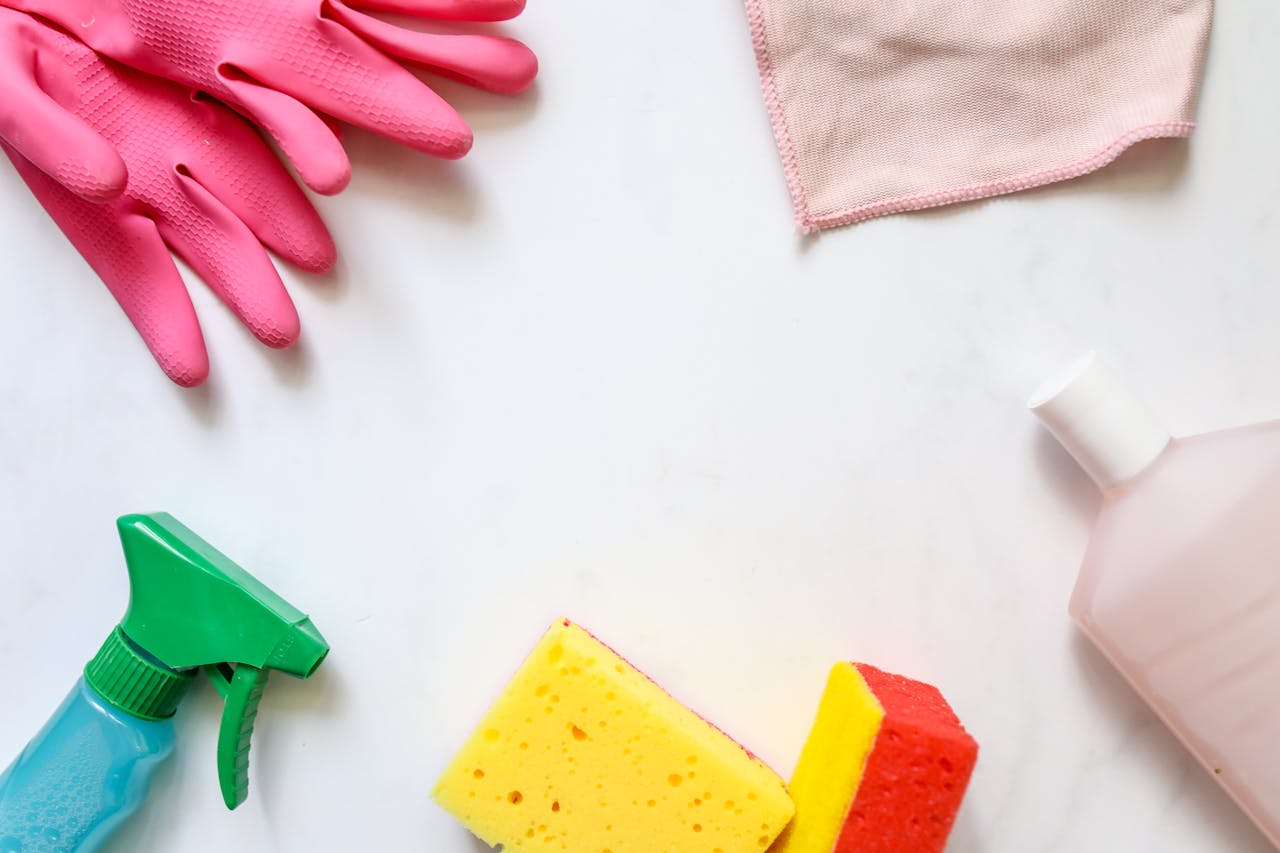Keeping a clean and well-maintained environment is essential for businesses, schools, hospitals, and homes alike. Proper janitorial supplies are crucial to achieving this goal. However, many businesses make mistakes when stocking these essential products, which can lead to inefficiencies, increased costs, or even health and safety issues. Understanding the common mistakes people make when stocking janitorial supplies can help you avoid costly errors and ensure that your cleaning operations run smoothly.
1. Overbuying or Underbuying Supplies
One of the most frequent mistakes when stocking janitorial supplies is either overbuying or underbuying. Both can create unnecessary problems for your cleaning routines.
- Overbuying: Purchasing more than you need can tie up capital in unused inventory, especially for items with a limited shelf life like cleaning chemicals. It can also take up valuable storage space.
- Underbuying: On the other hand, not ordering enough supplies can lead to frequent shortages, last-minute orders, and disruptions in cleaning schedules. Running out of essential products like trash bags, disinfectants, or paper towels can create chaos and affect workplace cleanliness.
2. Ignoring Product Quality
When stocking janitorial supplies, it’s tempting to opt for cheaper, low-quality products. However, this can backfire. Low-quality cleaning supplies may not work as effectively or could even cause damage to surface or equipment. For example, cheap mops or microfiber cloths might not clean as thoroughly, leading to additional time spent cleaning and re-cleaning, ultimately reducing efficiency.
Investing in higher-quality janitorial supplies ensures better cleaning results and reduces the need for frequent replacements, making it a more cost-effective solution in the long run.
3. Failing to Properly Store Supplies
Proper storage is essential to extend the lifespan of janitorial supplies. Storing cleaning chemicals improperly, for instance, can lead to accidents, contamination, or chemical degradation. Cleaning agents should be kept in a cool, dry place and away from children or animals. Items like mops, brooms, and cleaning cloths should be stored in a way that prevents mold, bacteria, or mildew growth, especially when they’re damp after use.
Also, ensure that janitorial supplies are clearly labelled and organized for easy access. A disorganized storage area can lead to confusion and wasted time when looking for supplies.
4. Not Considering the Specific Needs of the Space
Different environments require different cleaning supplies. A healthcare facility, for example, will have different sanitation requirements than an office building or a school. Failing to consider the specific needs of the space can result in using ineffective or inappropriate cleaning products.
For instance, using regular cleaning supplies on sensitive surfaces or in areas with heavy foot traffic might not yield the best results. It’s important to stock janitorial supplies tailored to the needs of each environment, ensuring that you have the right products for the job.
5. Neglecting to Track and Rotate Inventory
When janitorial supplies are not tracked properly, it can lead to overstocking some products while running out of others. It’s crucial to monitor stock levels regularly to ensure that you are only ordering what you need. Additionally, products should be rotated regularly, especially those with expiration dates (like cleaning chemicals or disinfectants), to prevent waste and ensure you’re using the oldest stock first.
Implementing an inventory management system can help streamline this process and avoid unnecessary purchases.
6. Relying on Single-Purpose Products
While single-purpose products have their place, relying on them too heavily can lead to inefficiencies and wasted space. For example, if you’re stocking a different cleaner for every surface (glass, countertops, floors, etc.), it can become overwhelming to manage, and you may end up with unused or expired products.
Instead, look for versatile cleaning products that can serve multiple purposes. Multi-surface cleaners and all-purpose disinfectants can help reduce the variety of janitorial supplies needed while still ensuring effectiveness.
7. Not Considering Environmental Impact
Many businesses today are making a conscious effort to go green, but some still overlook the environmental impact of their cleaning products. Traditional cleaning supplies often contain harsh chemicals that are not only harmful to the environment but can also be dangerous for people with allergies or sensitivities.
When stocking janitorial supplies, consider switching to eco-friendly products that are biodegradable, non-toxic, and made from renewable resources. These products are often just as effective as traditional cleaners and are a safer choice for your employees, customers, and the environment.
8. Lack of Regular Training for Staff
Even if you have all the right janitorial supplies, they won’t be effective if your cleaning staff doesn’t know how to use them properly. Many businesses fail to provide adequate training on how to use cleaning products and equipment, which can result in ineffective cleaning, accidents, or damage to surfaces.
Regular training ensures that staff are aware of the best practices for using janitorial supplies safely and effectively. It also helps to keep them informed of any new cleaning products or techniques that could improve efficiency and reduce costs.
Conclusion
Stocking janitorial supplies is not as simple as just buying products off the shelf. It requires careful planning, organization, and an understanding of your specific cleaning needs. By avoiding these common mistakes—such as overbuying, neglecting product quality, and not properly training staff—you can maintain a clean and safe environment while also saving time and money. Proper inventory management and eco-friendly choices further enhance the efficiency and sustainability of your cleaning operations.
For More More Visit, Celebritytimes








